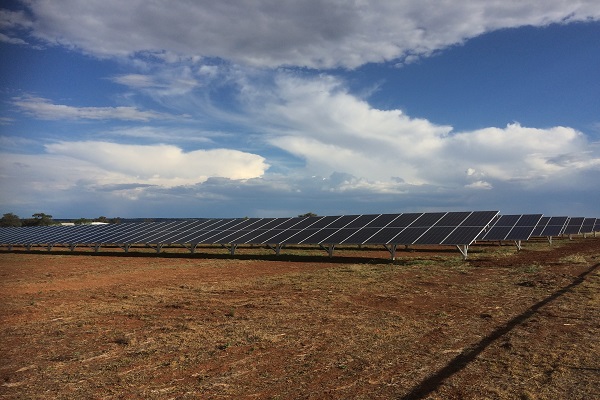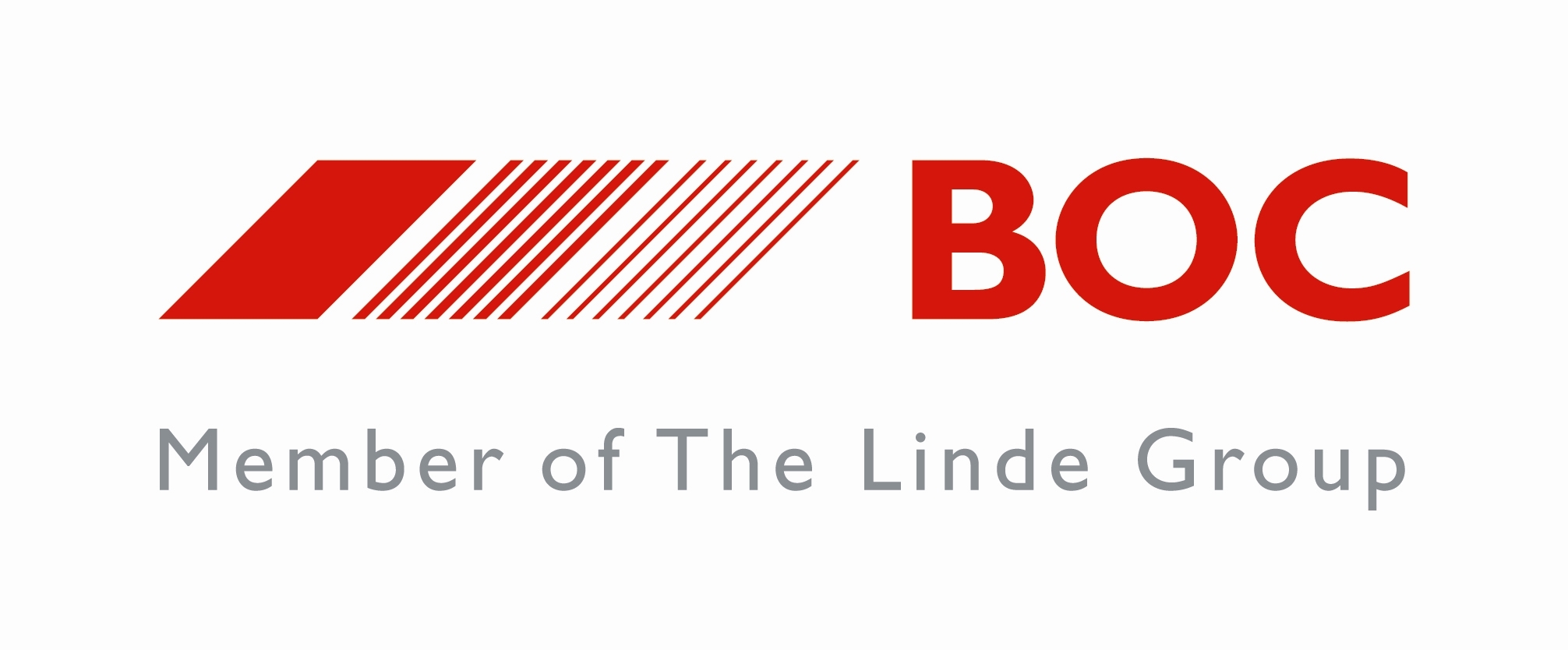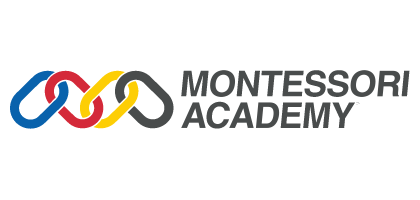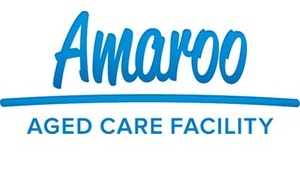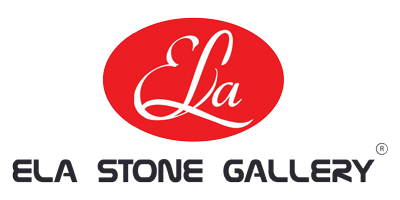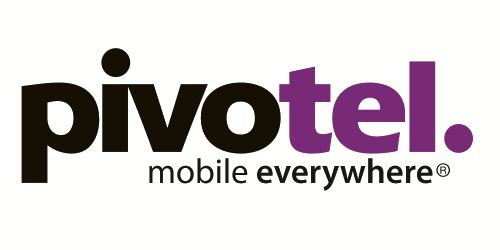Solar on Agribusiness
Solar on Agribusiness
Agriculture – and more specifically agribusiness – have long been burdened with the ever rising costs of energy, and with so many aspects of agribusiness being heavily dependent on both fuel and electricity, there has rarely been any opportunity for even temporary relief. But with the ongoing call for the use of renewable energy across all sectors of industry, access to different types of renewable energy has become more widespread, supported by a decrease in the cost of the technology used.
Nonetheless, despite the use of renewable energy – such as solar – being more accessible to people in the agribusiness sector, at Arc Renewables we recommend a three-part approach to solar on agribusiness to ensure you end up with a solar PV system capable of meeting your current and near-term needs, and capable of growing as your needs do to.
Begin With an Energy Analysis
Key to designing an appropriate solar PV system, and then sourcing all the right components, is understanding your energy use. This is achieved through the completion of a detailed, in-depth energy analysis or energy audit. Even in a residential home, energy usage is not consistent throughout the day, and in any type of business setting the peak loads and regular usage can vary considerably not only throughout each day, but also across days and weeks. In agribusiness, you are also going to see significant variance depending on the sector, with the peak load in dairy farming quite different to peak load with grain farming.
It is foolish to simply look at the energy bills for the past year and to then install a solar PV system able to meet the average electricity usage. Not only are you at risk of ending up with a system that is not able to meet a much higher demand at certain times during each day, but you also haven’t explored ways of making your farm more energy efficient. An in-depth energy analysis is not only going to look at when and how you use energy, but also look for where energy is being wasted – or lost – before looking for and recommending ways for your business to become more efficient with the way it uses energy. Installing a solar PV system requires a significant capital investment upfront, with the cost justified by the savings on traditional electricity usage. By implementing measures that improve energy efficiency throughout your business you will not only be able to realise even greater savings on your dependence and use of non-renewable energy, but also through being able to scale back on the size of the solar PV system you need.
Improve Energy Efficiency
The goal of improving energy efficiency throughout your agribusiness is not only to reduce the amount of energy or electricity used, but also to reduce the load on your system caused by certain processes or equipment. One of the most common methods of improving energy efficiency ahead of installing solar is to convert all lighting sources to LEDs. LEDs are incredibly energy efficient, not only burning brighter while using less electricity than CFL, fluorescent, and halogen lights, but also generating less heat, so there’s less need for special cooling systems in certain areas. They also last much longer than other types of lighting, so cost savings are also realised through not having to pay for new bulbs and globes so often, or for maintenance to have them replaced.
However, when it comes to agribusiness, there are other methods and opportunities for improving energy efficiency. Insulation and ventilation in all farm buildings can be assessed for opportunities, favouring natural ventilation where possible, along with the use of timers when fans and other forms of artificial heating or cooling are needed.
Large equipment that use motors such as fans, pumps, and compressors should be assessed for the ability to switch to using a variable speed drive (VSD). Not only will this increase the motor lifetime, but it can result in much better managed load on your system, using up to 50 percent less energy. On dairy farms, plate coolers that cool milk slightly before it reaches the storage tank can cut additional cooling time in half, while naturally warming water that can then be used for cleaning purposes.
All of these measures are not only designed to reduce energy use, but also to level out the load demand.
Introduce and Expand Renewable Energy
It is only once an energy audit is completed and energy efficiency measures implement that we can begin assessing your true renewable energy needs and then begin designing a solar PV system that fully meets your immediate and near-term needs, and can be grown in size and output as needed, and without needing to be fully replaced.
But we don't stop with designing the perfect solar PV system for your agribusiness, we also source top-quality equipment for use in the system, all chosen not only for being the best, but also for having industry leading warranties, to ensure you're properly protected against faults and flaws.
Arc Renewables are also able to arrange for quality installation, with on-site project management of the installation and all documentation and WHS compliance, supported by a 5-year warranty on the workmanship.
Contact Arc Renewables to start discussing how we can help you with your agribusiness solar transition.

